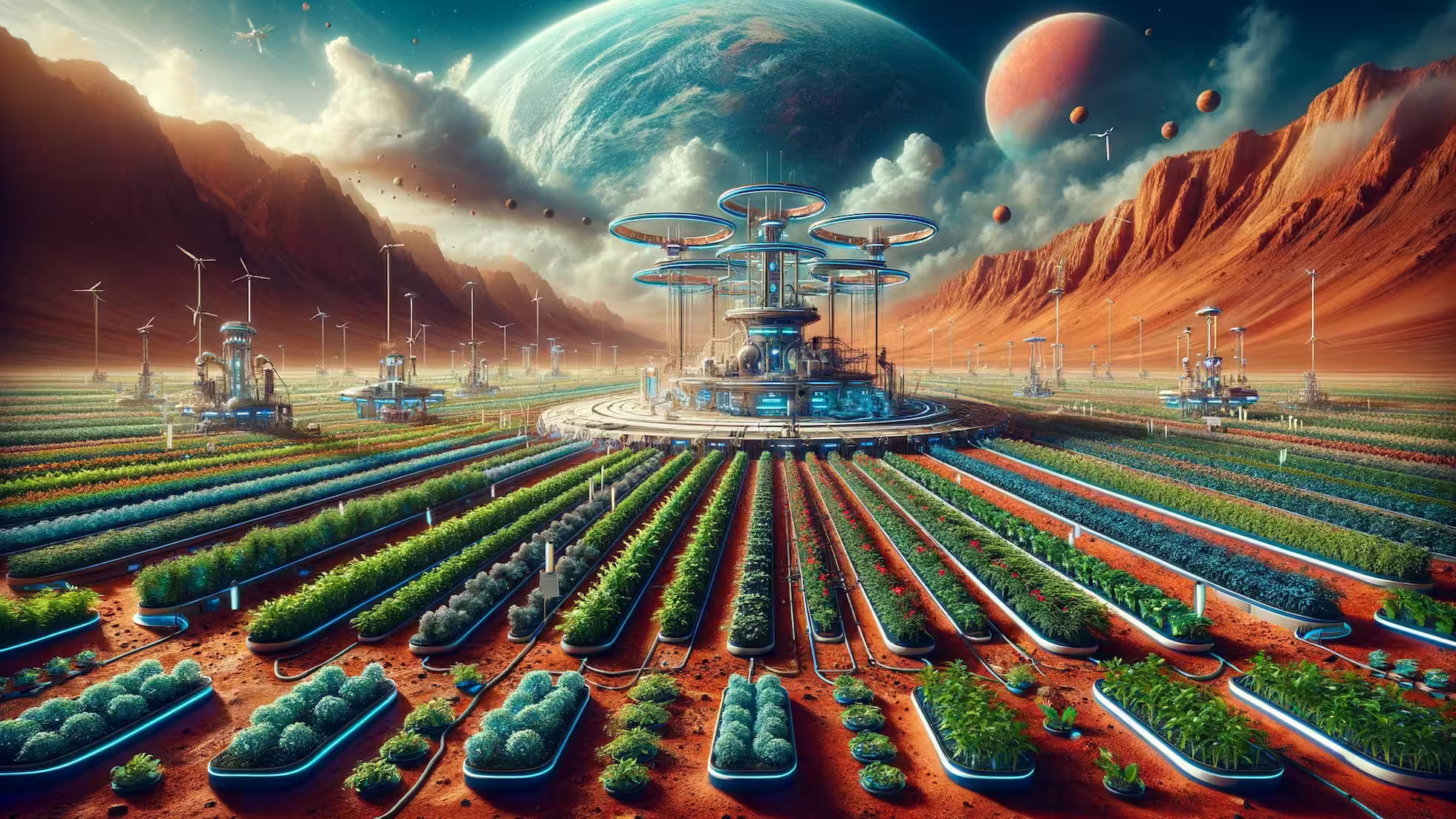The Role and Development Stages of Agriculture in the National Economy

1. The Role of Agriculture in the National Economy
(1) The Foundational Role of Agriculture in the National Economy
Agriculture is not only the earliest production activity of humanity but also the starting point of human social production activities. The development of agriculture forms the material basis for the social division of labor, the industrial revolution, industrialization, urbanization, technological progress, modern civilization, and human progress.
With economic and social development, the foundational role of agriculture in a nation’s economy has not idiminished; instead, it increasingly exhibits an irreplaceable nature, primarily in five aspects:
- Agriculture is the primary source of food and nutrients necessary for human survival, which is the most important and irreplaceable function of agriculture for the entire human economy and society.
- Agriculture is an important source of raw materials for industry.
- The agricultural sector is a provider of essential elements for industrialization.
- The agricultural sector serves as a crucial market for other sectors.
- Agriculture is significant in reducing rural poverty, protecting the ecological environment, and achieving sustainable development.
At present, the foundational role of agriculture in China’s national economy is mainly reflected in four aspects:
- The irreplaceability of agricultural products—state support for agriculture is a fundamental guarantee of basic livelihood.
- The importance of agriculture in ensuring national food security will not idiminish; the importance of agriculture in providing food security will continue to increase.
- The functions of agriculture are expanding from production to living and ecological functions, continuously enhancing its importance in improving human life quality.
- The quality of agricultural supply plays a pivotal role in supply-side structural reforms, with the transformation of agricultural supply from low complexity to high complexity being key to advancing these reforms.
(2) The Contribution of Agriculture to the National Economy
Since 2014, the Central Committee’s No. 1 Document has consistently focused on “Sannong” (agriculture, rural areas, and farmers), supporting farmers’ income growth, improving comprehensive agricultural production capacity, deepening rural reforms, and accelerating agricultural modernization.
2. Modern Agriculture and Agricultural Modernization
(1) The Relationship Between Modern Agriculture and Agricultural Modernization
Agricultural development is a dialectical unity of “modern agriculture” and “agricultural modernization.” The inherent contradictions in agricultural development require continuous modernization to meet new development goals. The continuous achievement of these goals signifies a transformation from quantitative to qualitative changes in agriculture, with qualitative changes indicating the emergence of modern agriculture that contrasts with traditional agriculture. Therefore, agricultural modernization is the prerequisite for modern agriculture, while modern agriculture is the goal of agricultural modernization. The development goals of modern agriculture determine the means of agricultural modernization, and the process of agricultural modernization determines the quality of modern agricultural development. Without either, agriculture cannot achieve qualitative leaps.
(2) The Connotation and Development of Modern Agriculture
The basic characteristics of modern agriculture include scientific production techniques, industrialized management forms, market-oriented operational mechanisms, excellent ecological environment, diversified economic functions, and a socialized service system.
The connotation of modern agriculture includes three aspects:
- Modernization of agricultural production methods: using advanced material equipment to increase the technological content of agricultural tools while enhancing the ability of agricultural labor to apply advanced production techniques.
- Modernization of agricultural management methods: scaling up, industrializing, and modernizing operations, as well as modernizing management models.
- Modernization of agricultural interest relations: incorporating the relationship between humans and nature into the agricultural production system to achieve harmonious coexistence between agricultural development and the ecological environment.
(3) The Theory and Development of Agricultural Modernization
On the basis of the second modernization theory, the theory of agricultural modernization has developed:
- The first stage: Transition from traditional agriculture to industrialization. The industrial revolution, chemical revolution, hybrid breeding revolution, and the first green revolution applied various technologies to agriculture, rapidly increasing agricultural product yields. As a result, traditional self-sufficient agriculture was replaced by modern agriculture characterized by commodity exchange.
- The second stage: Characterized by sustainable agricultural development, emphasizing that agricultural modernization must consider the ecological environment while pursuing yield growth. This involves managing, protecting, and sustainably utilizing natural resources, as well as adjusting crop systems and technologies to continuously meet human demand for both the quantity and quality of agricultural products.
- The third stage: Characterized by knowledge agriculture, which is developed on the basis of the knowledge economy. It is an economic form dominated by high-tech industries and characterized by informatization, emerging after the traditional industrial economy has reached a high level of development. Agricultural economic growth has shifted from relying on traditional factors such as labor, capital, and natural resources to primarily relying on technology and information.
(4) The Connotation and Development of Agricultural Modernization in China
The “14th Five-Year Plan” for agricultural and rural modernization focuses on “three enhancements, three constructions, and one linkage”:
- Three Enhancements: Enhancing the level of food and important agricultural product supply security, enhancing agricultural quality efficiency and competitiveness, and enhancing the modernization level of industrial and supply chains.
- Three Constructions: Building livable and business-friendly rural areas, building green and beautiful rural areas, and building civilized and harmonious rural areas.
- One Linkage: Consolidating the success of poverty alleviation and effectively linking it with the comprehensive promotion of rural revitalization.
(5) The Development Goals and Stages of Agricultural Modernization in China
Given the current situation of China’s agricultural development, the country is in the second stage of agricultural modernization, focusing on sustainable agricultural development. The main goals include improving comprehensive grain production capacity, increasing rural residents’ net income, coordinating urban and rural development, and enhancing agricultural sustainability.
The “14th Five-Year Plan” for promoting agricultural and rural modernization includes six aspects:
- Stabilizing agricultural production.
- Enhancing agricultural quality and efficiency.
- Accelerating the integration of primary, secondary, and tertiary industries in rural areas.
- Strengthening rural infrastructure construction.
- Accelerating the reform of key areas and critical links in rural areas and guiding social capital investment in agriculture and rural areas.
- Consolidating the results of poverty alleviation and effectively linking them with comprehensive rural revitalization, improving development conditions in areas that have been lifted out of poverty.
Published at: Mar 26, 2024 · Modified at: Dec 11, 2025


